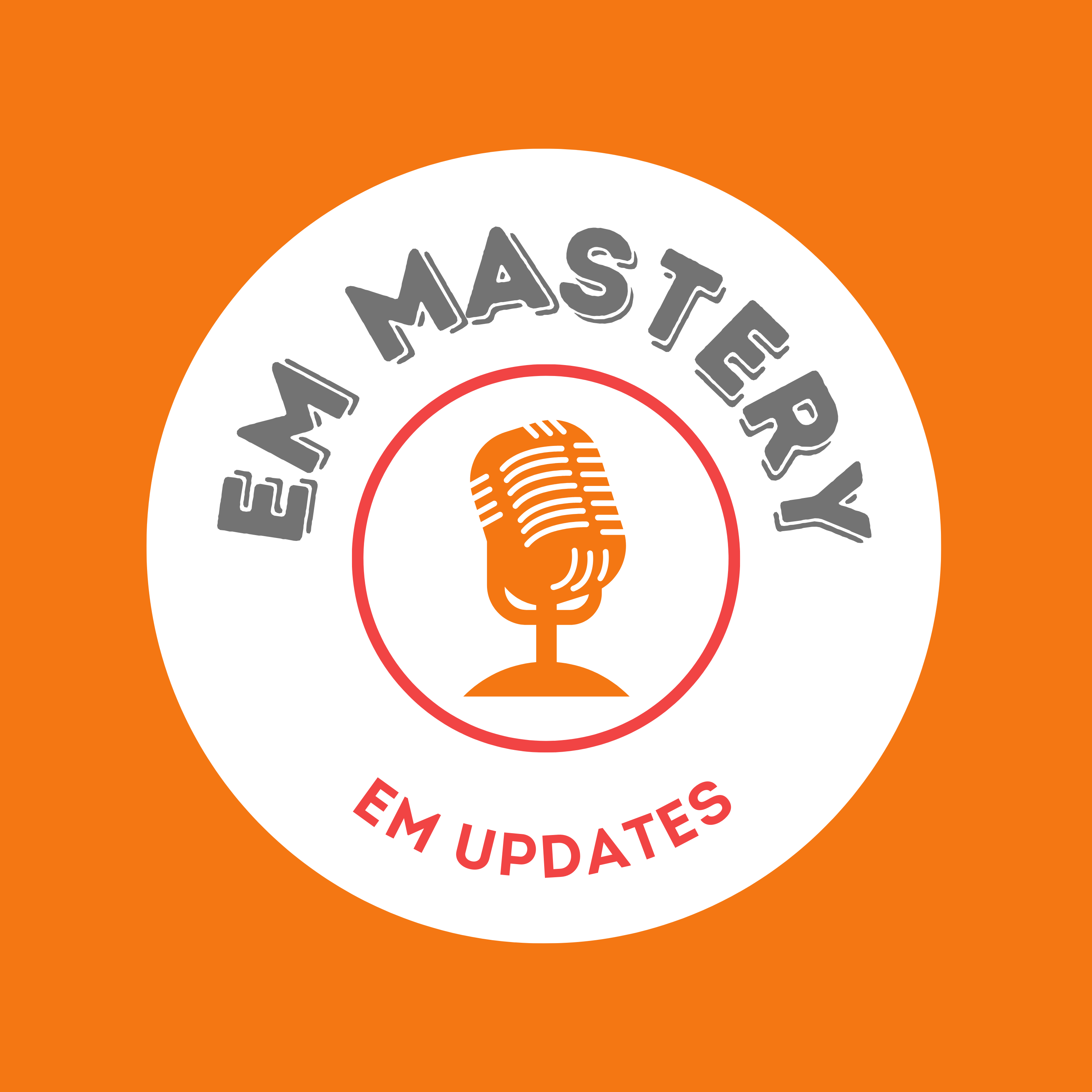This study looked at the use of intraosseous (I/O) versus intravenous (IV) routes for drug administration in out-of-hospital cardiac arrest (OHCA).
Advanced Life support guidelines require the administration of medications to assist in return of spontaneous circulation (ROSC); adrenaline in patients with a non-shockable rhythm and the addition of amiodarone in those with refractory ventricular arrhythmias.
A systematic review of observational studies showed worst outcomes in patients receiving medications via the I/O, rather than the IV route(1). There have also been issues related to flow rates and reduced effect of drug doses given by the I/O route. The American Heart Association and the European Resuscitation Council recommend IV access as a first choice, which if unsuccessful, can be followed by I/O access (2,3)
In September’s Papercut, we reviewed a single centre study, that looked at IM adrenaline and how it compared to IV adrenaline. (Read it here)
Spoiler Alert: In that study they found that patients receiving IM adrenaline:
- had a better survival to hospital admission (37.1% vs 31.6% OR 1.37)
- had a better survival to hospital discharge (11% vs 7% OR 1.73)
- had a better functional survival (9.8% vs 6.2% OR 1.72)
The Study
Vallentin M.F. et al. Itraosseous or Intravenous Vascular Access for Out-of-Hospital Cardiac Arrest. NEJM Published October 31, 2024 DOI: 10.1056/NEJMoa2407616




